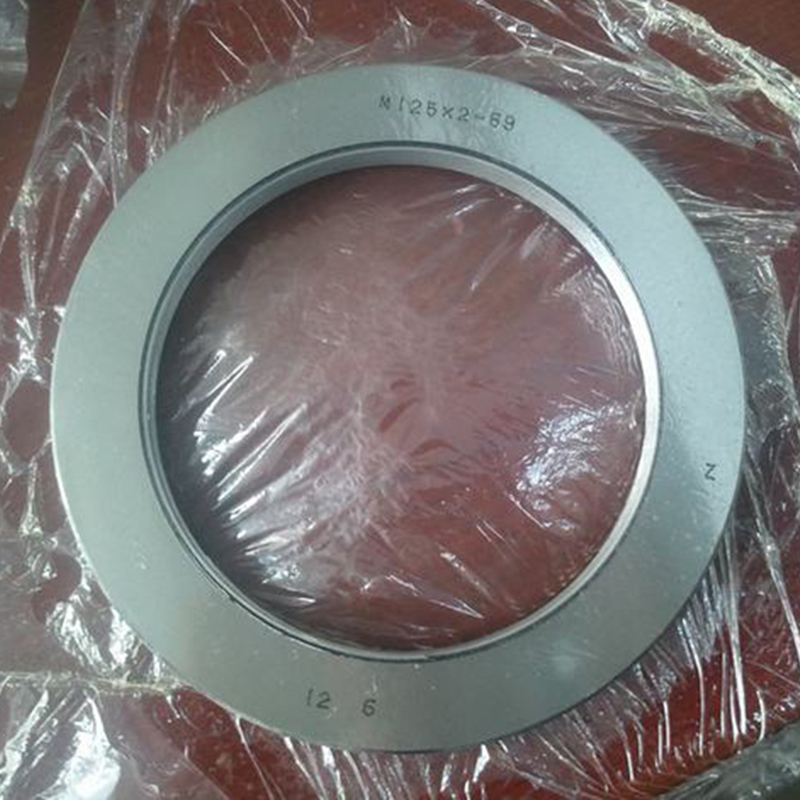Dec . 07, 2024 05:03 Back to list
Various Types of Water Check Valves and Their Applications
Types of Check Valves for Water Systems
Check valves are essential components in water systems, allowing fluid to flow in one direction while preventing backflow. This feature is crucial in maintaining the efficiency and safety of plumbing and water distribution systems. Various types of check valves are designed to suit different applications and flow conditions. Understanding these types can help in selecting the right valve for a specific need.
1. Swing Check Valves
Swing check valves are one of the most common types used in water systems. They operate using a hinged disc that swings open with the flow of water. When water attempts to backflow, the disc swings back against the seat, sealing the valve and preventing reverse flow. Swing check valves are best suited for systems with relatively high flow rates and lower velocities, typically found in water treatment plants and large piping systems. Their design minimizes pressure drop, making them highly efficient for applications requiring a large volume of flow.
2. Lift Check Valves
Lift check valves feature a disc that moves vertically to allow or block flow. When water flows in the right direction, the disc rises, enabling passage. Conversely, any backflow causes the disc to drop back onto the seat, preventing reverse flow. These valves are often used in high-pressure systems and applications where the flow rate can change rapidly. Lift check valves are suitable for vertical or horizontal installations, making them versatile across various piping orientations.
Ball check valves utilize a spherical ball as the closing mechanism. The ball rests on a seat, and when water flows in the correct direction, it lifts off the seat, allowing fluid passage. If backflow occurs, the ball drops back into position, sealing the flow path. These valves are compact and can handle a range of pressures, making them suitable for both residential and industrial applications. Ball check valves are particularly effective in preventing backflow in situations that require tight sealing.
types of check valves for water

4. Diaphragm Check Valves
Diaphragm check valves use a flexible diaphragm that moves to allow or restrict flow. This type of valve is excellent for applications where leakage prevention is critical. The diaphragm creates a tight seal, making these valves particularly useful in situations involving sanitary services or corrosive fluids. Diaphragm check valves are often found in wastewater treatment plants and food and beverage processing facilities.
5. Dual Plate Check Valves
Dual plate check valves employ two plates that pivot to allow or stop flow. This design reduces the amount of fluid required to open the valve, making it suitable for applications with low flow velocities. Dual plate check valves are often used in larger systems such as municipal water supply lines and fire protection systems. Their compact design and lightweight nature make them easier to handle and install, particularly in larger pipe sizes.
Conclusion
Choosing the right check valve is critical for the performance and integrity of water systems. Each type of check valve has its unique advantages and applications. Swing check valves are ideal for high-flow situations, while lift and ball check valves offer versatility in varying pressure conditions. Diaphragm check valves excel in preventing leakage, and dual plate check valves are suitable for larger systems.
When selecting a check valve, consider factors such as the type of fluid, pressure conditions, flow rate, and space constraints. Consulting with a professional can also help ensure the appropriate choice, maximizing system efficiency and reliability. Proper implementation of the right type of check valve can significantly enhance the functionality of water systems, contributing to their overall effectiveness and longevity.
-
Why Metric Trapezoidal Thread is Ideal for Precision Motion ControlNewsAug.05,2025
-
The Unique Properties of a Block of Granite for Industrial UseNewsAug.05,2025
-
The Role of Flanged Y Strainers in Preventing Pipeline ClogsNewsAug.05,2025
-
The Importance of Regular Calibration for Master Ring GagesNewsAug.05,2025
-
How a Cast Iron Surface Table Enhances Accuracy in ManufacturingNewsAug.05,2025
-
Comparing Different Check Valve Types for Optimal Flow ControlNewsAug.05,2025
Related PRODUCTS









